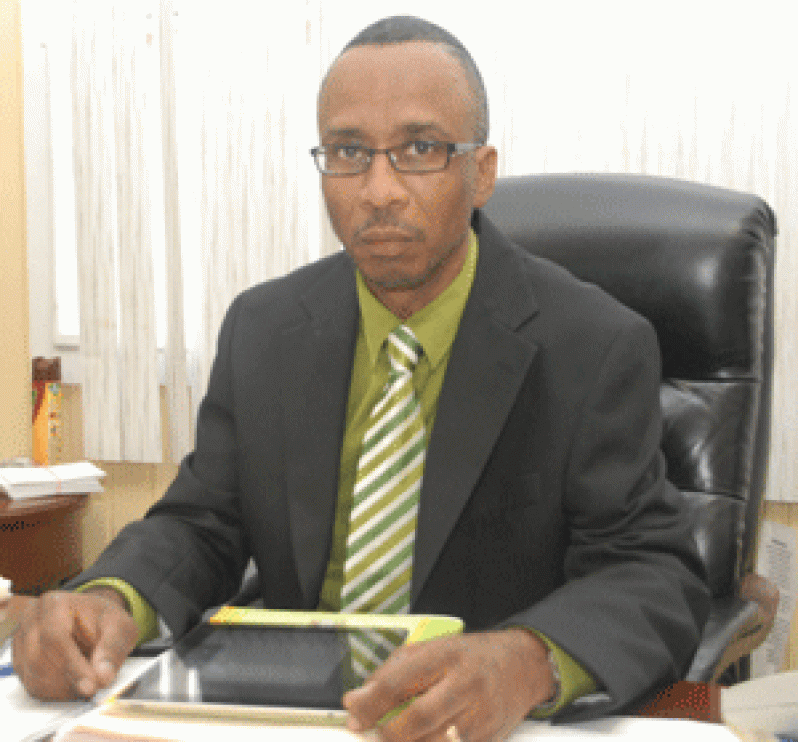 ACCORDING to the World Health Organisation, most waste generated in health care establishments can be treated as regular municipal solid waste, but a varying proportion (about 10%) requires special attention and is referred to as hazardous. Mismanagement of this small percentage of healthcare waste can pose a potential risk to humans and the environment.Guyana’s waste disposal has previously been done indiscriminately in a very ad hoc manner, with every kind of waste dumped willy-nilly, as was convenient to waste disposal contractors, initially at the Mandela dump site, now at the Haags Bosch landfill. Scavengers and workers,as well as foraging animals, were at severe risk of being contaminated by waste matter that could transmit communicable diseases.
ACCORDING to the World Health Organisation, most waste generated in health care establishments can be treated as regular municipal solid waste, but a varying proportion (about 10%) requires special attention and is referred to as hazardous. Mismanagement of this small percentage of healthcare waste can pose a potential risk to humans and the environment.Guyana’s waste disposal has previously been done indiscriminately in a very ad hoc manner, with every kind of waste dumped willy-nilly, as was convenient to waste disposal contractors, initially at the Mandela dump site, now at the Haags Bosch landfill. Scavengers and workers,as well as foraging animals, were at severe risk of being contaminated by waste matter that could transmit communicable diseases.
The Ministry of Health, upon recognising the grave risks inherent in the society by this improper disposal of hazardous waste, decided to have a study done, whereby researchers discussed conventional methods of storage, transportation and disposal and then advised on the most technically feasible, affordable and sustainable options of treatment. The environs of the study included the East Coast Demerara (up to Mahaica), East Bank Demerara (up to Soesdyke), and West Demerara areas.
The Ministry of Health, through the Health Sector Development Unit(HSDU), after acknowledging the importance of proper waste disposal, and with Cabinet approval, lobbied the World Bank for funding for an autoclave disposal system, along with ancillary components. The funding would allow the acquisition of the complete Autoclave system, plus training of staff; a compacter and truck; and a shredder, with government providing funding for a shed; an air-conditioned waste holding room; electrical works; a gantry to run a steam pipe; and a hot water system.
Tenders were sent out, with initially seven potential bidders purchasing documents; but with only two responding. Based on recommendations the original contract was split between the two bidders, Johs Gram-Hanssen and SEEN Environment at US$912,607. However, a delay in signing the contract by SEEN Environment resulted in Johs Gram-Hanssen being awarded the entire contract at their original bid of US$949,579. Subsequently, GPHC requested support from the Ministry of Health – HSDU for the sum of G$15,000,000 to complete the project, which was provided.
A release from the HSDU declares “Contrary to reports circulating in some sections of the media, particularly the Kaieteur News (KN), the cost of the GHPC’s hydroclave system, as approved by the World Bank and the National Procurement and Tender Administration Board (NPTAB – Guyana), was in fact consistent with costs provided by the named supplier – Johs Grams-Hanssen. The total amount, which also included an additional G$15,000,000.00, subsequently given to GPHC to complete the project summated to US$1,023,836.00.” This is according to Mr. Keith Burrowes, Executive Director of the Health Sector Unit (HSDU) – project execution unit of the Ministry of Health.
The equipment in question was procured in 2008 through the World Bank-funded HIV/AIDS Prevention and Control Project, based on clearly-specified technical criteria at a quoted cost of nine hundred and forty-nine thousand, five hundred and seventy-nine United States Dollars.
This included one steam autoclave with accessories, a shredder, one compactor and a vehicle and installation and commissioning of the AutoClave which is somewhat contrary to what some sections of the media have been publishing.
Mr. Burrowes who was in hospital (overseas) recently, said he received several calls from the media inquiring about the project, but did not have the information readily available so instead he asked that they contact the Permanent Secretary (Ministry of Health) for the relevant information. The table gives a summary of the monies disbursed during the procurement of the items.
Note : Based on recommendations the original contract was split between the two bidders, Josh Gram-Hanssen and SEEN Environment at US$912,607. However, a delay in signing the contract by SEEN Environment resulted in Johs Gram-Hanssen being awarded the entire contract at their original bid of US$949,579. Subsequently, GPHC requested support in the sum of G$15,000,000 to complete the project which was provided.



.jpg)









